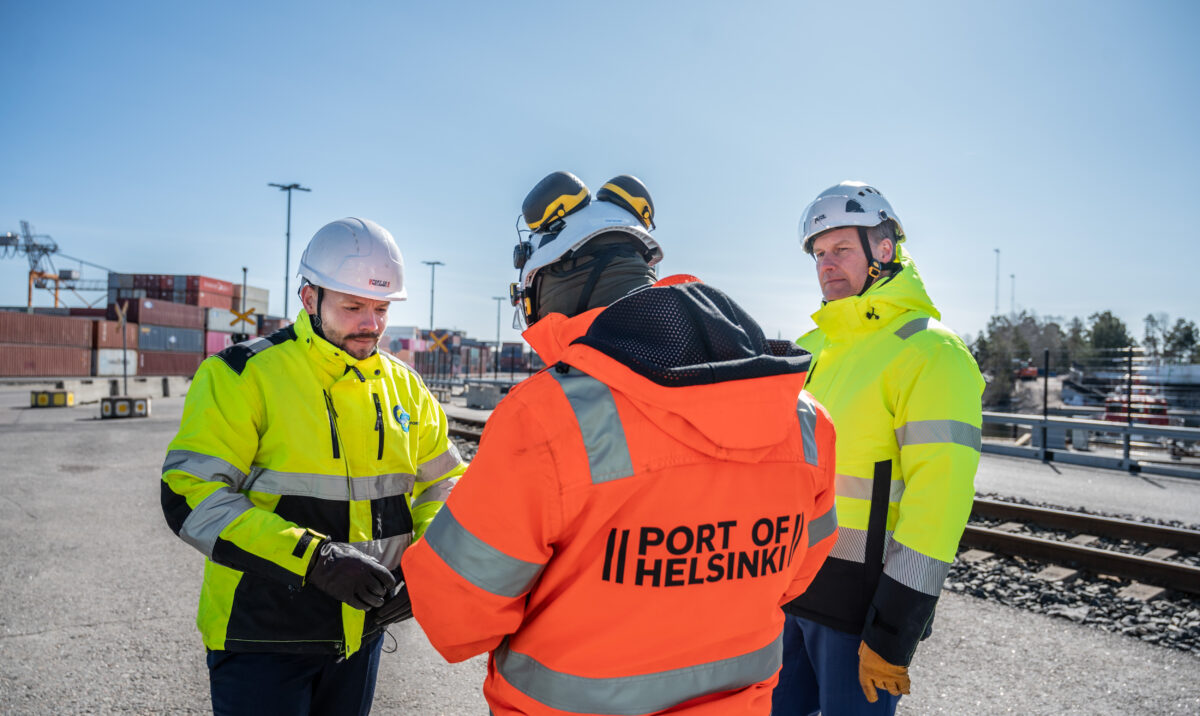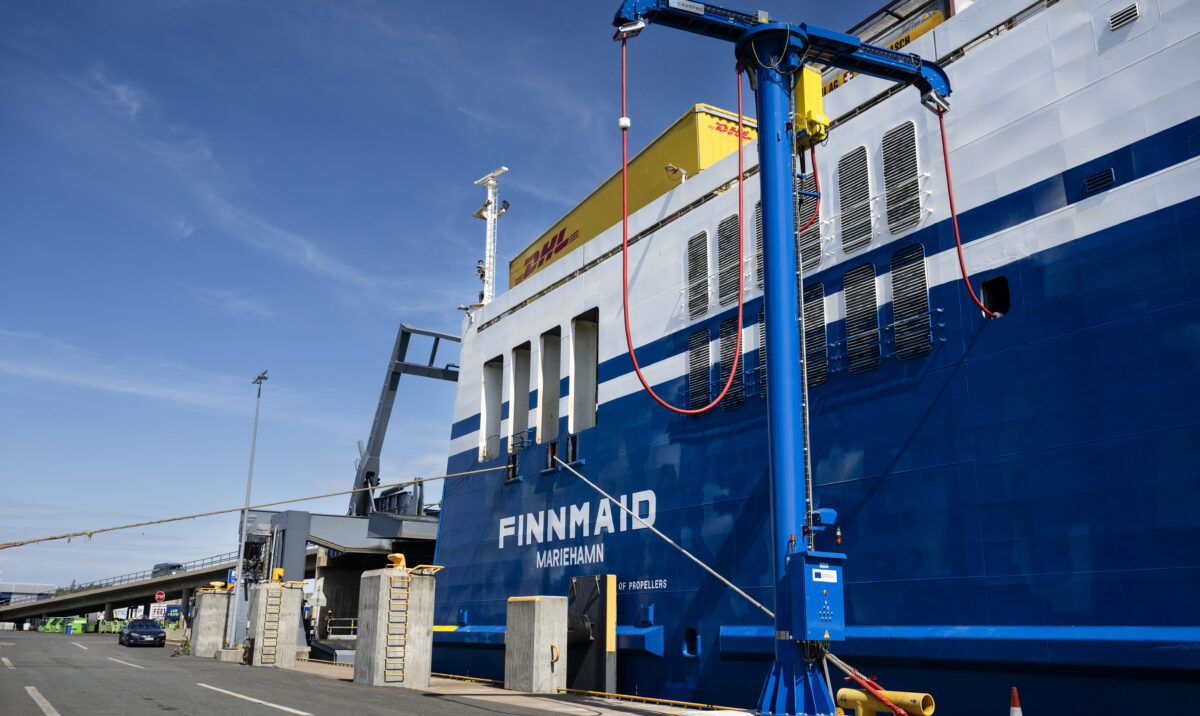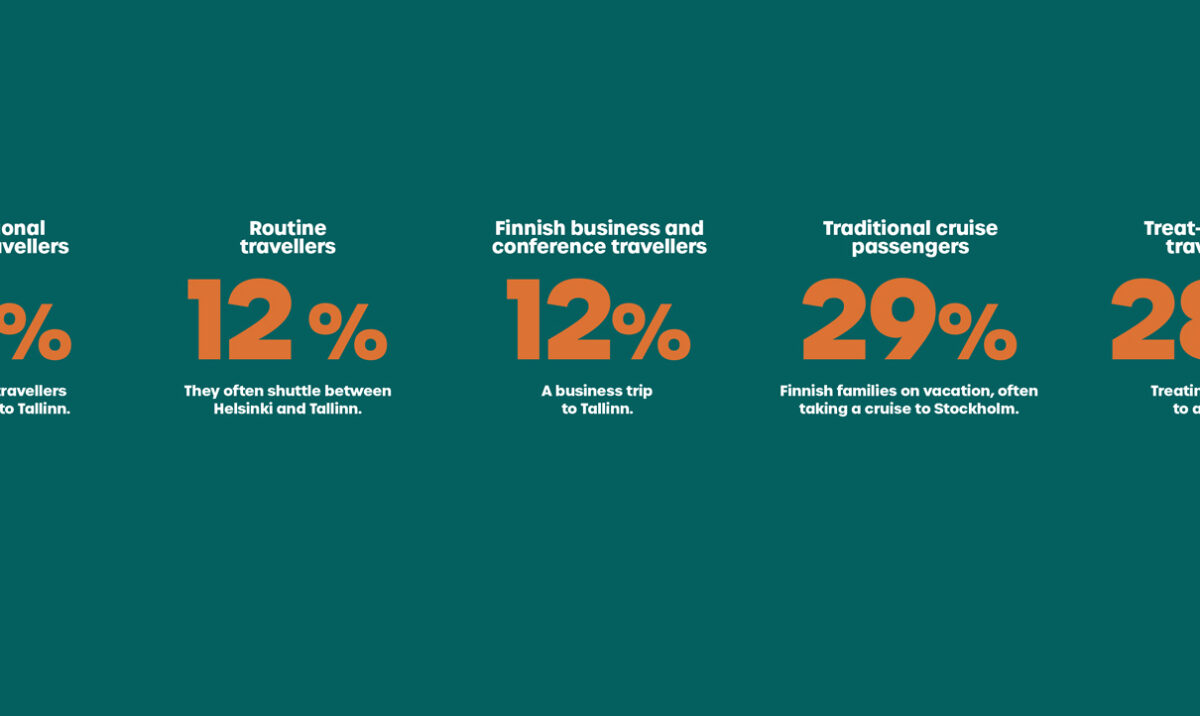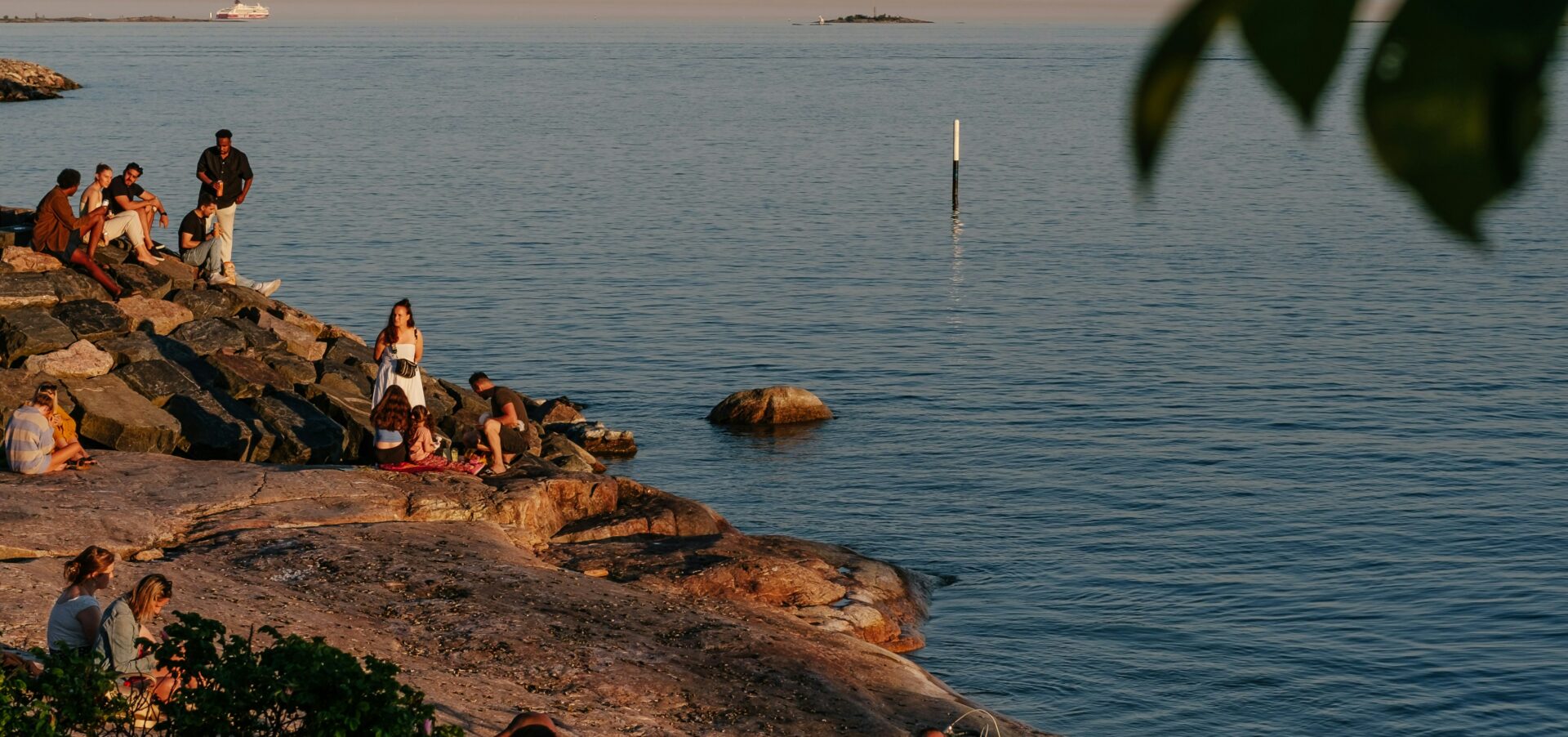
Shipping companies are expecting an excellent summer season
New growth is being sought from cruises to Visby. German passenger traffic is also thriving.
The number of ferry passengers departing from the Port of Helsinki has decreased, as there have been fewer ships in service than in pre-pandemic years.
“The vessels that have been sailing have attracted a good number of passengers,” says Kaj Takolander, Vice President of Passenger Services at the Port of Helsinki.
“We’re also lacking certain customer groups, such as Russians. There aren’t many Asians either. Helsinki routes used to attract about half a million international passengers, but a large proportion of them have disappeared.”
Takolander doesn’t believe that we will ever return to the good old days: we will instead have to get used to new realities and new ways of travelling.
Ships speak to Finns
“If you think about Finnish passengers, their customer profiles or what motivates them to travel, you’ll notice that Finns are passionate about these ships. That’s why a new ship attracts interest and excitement among Finns. It’s really good for the industry,” says Takolander.
“Finns may even personify a ship – ships are almost akin to people or friends. For Swedes, a ship is just a ship, so they’re not interested in them per se. Swedes are more interested in the experiences that ships have to offer.”
“For Finns, a ship is a way to escape from this island called Finland. It’s a window to the world. Swedes can get out into the wider world more easily.”
Older seniors still intimidated by the pandemic
Although many seniors have returned to ships since the pandemic, Takolander believes that the oldest segment has remained at home.
“They were so intimidated during the pandemic that they haven’t dared to go anywhere, even though the restrictions have been lifted. It has undermined their willingness to travel. Slightly older people who haven’t travelled for a while are feeling uncertain, which means they will easily just stay put.”
Finns may even personify a ship – ships are almost akin to friends.
When it comes to longer-term trends, he predicts that group tourism will decline.
“Group tourism has been very popular, but it is now declining at the same rate as, for example, communal work. People seems to be losing their sense of community. Let’s hope it recovers at some point, as it’s in everyone’s best interests.”
West Harbour awaiting completion of tunnel
“In order to increase traffic to the West Harbour, we must first build a tunnel from Länsiväylä highway to the harbour,” says Takolander.
“Once this tunnel is ready, we can move Viking Line XPRS to the West Harbour. A new terminal will also be built to serve the ship. When XPRS leaves Katajanokka, we can move Silja Line’s ships there to join Viking Line’s Stockholm-bound vessels.”
He thinks that west-bound traffic cannot be increased without first resolving road traffic issues to and from the harbour. The street network simply cannot cope with any more traffic.
The timeframe for completing the tunnel is fairly long, and the Port is engaging in continual dialogue with the City’s planning department and policymakers. It currently looks like it will take at least ten years for the tunnel to be opened to the public.
Travel decisions made at the last minute
“During the spring, we have already seen how the geopolitical situation, economic uncertainty, increased costs, inflation and strikes have contributed to lower demand compared to the corresponding period of last year. Passengers are making their travel decisions later, which is making long-term forecasting more difficult,” says Minna Tuorila, Commercial Director at Viking Line.
“However, this uncertainty has also led to an increase in local tourism. Many travellers consider it better to stay closer to home, as it brings a sense of safety, stability and familiarity.”
“The summer season is looking really good. Challenges may arise if we run out of capacity for passengers with cars on certain departures. The most desirable trips or cabin classes may be sold out, so it’s a good idea to book your trip in good time,” she says.
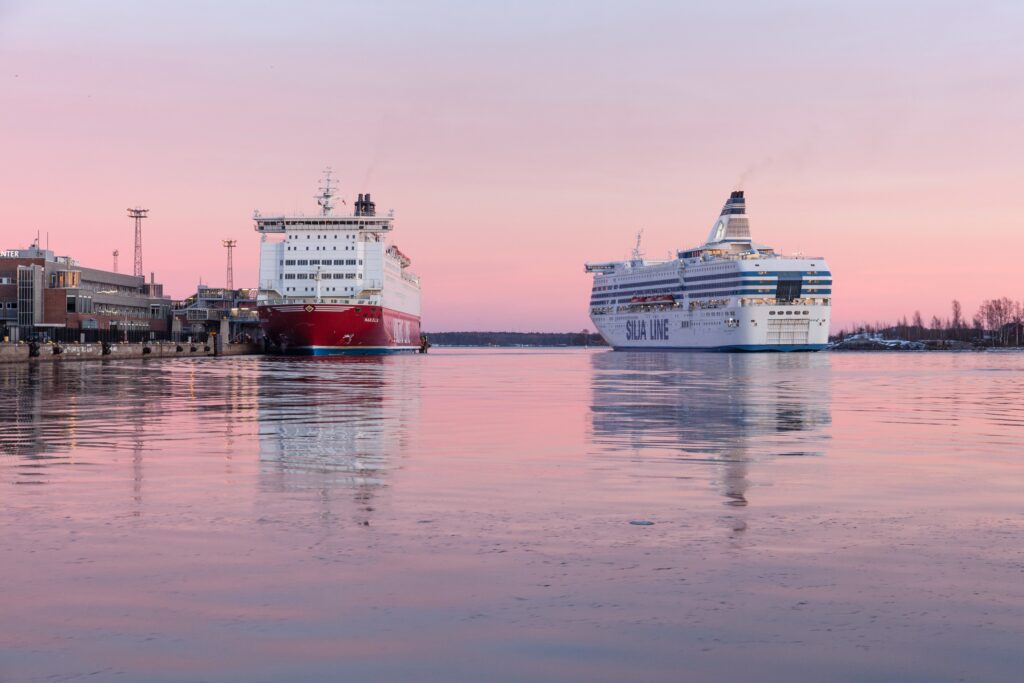
“Cruises will continue to be popular as long as we create new experiences and concepts, and they remain a competitive leisure-time option for both Finns and Swedes.”
Tuorila says that a new kind of customer base has also discovered the Åland Islands. The film “Stormskerry Maja” has brought positive visibility to the islands.
“Growth was seen in scheduled routes last year. People are taking longer trips of several days or even a week. The international slow travel trend has gradually made its way to Finland as well – people are travelling by land and staying for longer.”
“Last year was a good year overall, even though only one ship, Gabriella, was serving the Stockholm route from January to the end of June.”
“The XPRS, which sails to Tallinn, generated good results throughout the year, and running Gabriella and Cinderella to Tallinn was also a very successful move. We also made a number of successful charters, such as high school graduation cruises, harvest festival cruises, and cruises to Visby.”
During the summer, Viking Line’s Gabriella will have six departures to Visby and Cinderella will have one. Cruises to Visby on the Cinderella will also be available during both the autumn half-term weeks and the Visby Christmas market.
Record-breaking German traffic
Passenger traffic on Finnlines’ Helsinki–Germany route increased by six per cent last year.
“We’re already four per cent ahead of the last pre-pandemic year, 2019. In fact, last year was our best-ever year in terms of passenger numbers. The proportion of both Finnish and German passengers has increased on our German route, which has enabled growth even though we no longer have any Russian passengers,” says Marco Palmu, Head of Passenger Services at Finnlines.
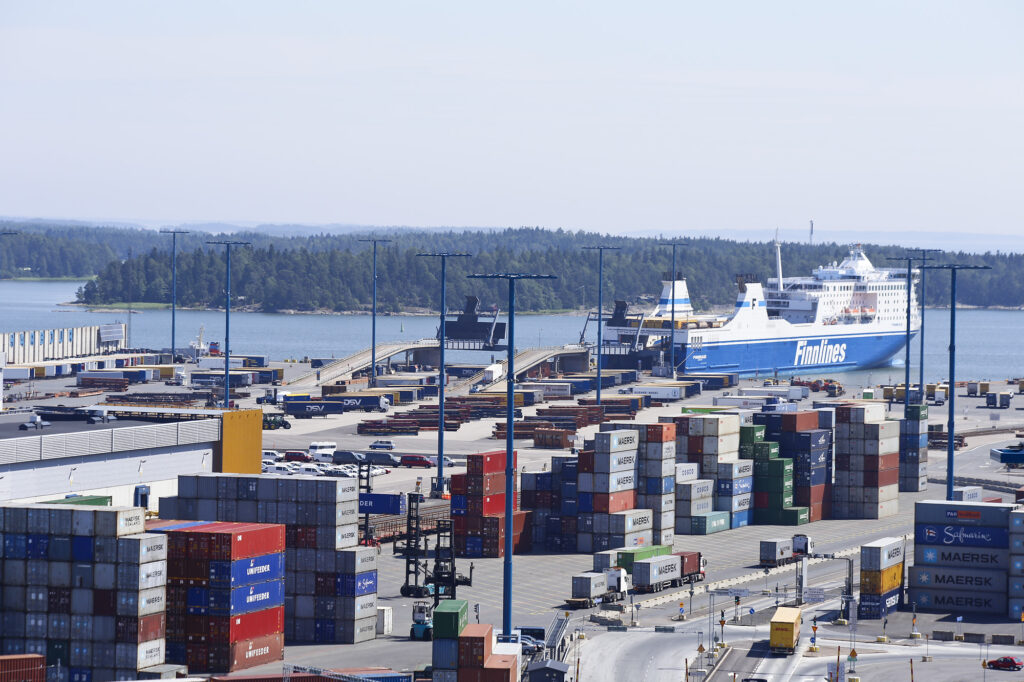
“Although we have lost the German travellers who used to visit St Petersburg, we’ve found a new German customer base. We’ve also invested in special cruises: winter cruises that include one or two nights in Helsinki.”
In terms of summer bookings, the German route is already three per cent ahead of last summer.
“Finns tend to book their trips at the last minute, while Germans make reservations in good time. There’s a good vibe in Germany at the moment, so it’s worth booking a trip well in advance.”
“The international slow travel trend has gradually made its way to Finland as well.”
Finnlines has been running a summer campaign with VisitFinland for three years in a row. Autumn and winter city breaks with Kristina have also been popular and will continue during the upcoming season.
Low flight capacity affects international passengers
Tallink Silja’s departures from Helsinki still have quite a way to go to reach pre-pandemic levels. There were 15–20 per cent fewer passengers heading for Tallinn last year than in 2019, and the same goes for Sweden.
“Sweden-bound traffic is also being affected by the fact that we have less capacity. We have one fewer ship on the Turku route than before,” says Margus Schults, CEO of Tallink Silja.
Schults believes that it will still take a few years to reach pre-pandemic passenger numbers.
“Before the pandemic, Asians used to fill up our ships when Finns weren’t travelling. Although they are growing in number all the time, passenger numbers are being affected by a lack of flights. Helsinki is no longer a hub for travel to Europe. People can now fly directly from Shanghai to Paris, when they used to visit Helsinki for a couple of days before continuing their journey.”
Schults says that Tallink Silja’s Visby cruises have been popular.
“We take passengers from both Helsinki and Tallinn. And if you only spend the day in Visby, you don’t need a hotel or your own car. Bus tours are popular, and many people also take their bike with them.”
Autumn anniversary for Eckerö Line
2024 is an anniversary year for Eckerö Line. Its fleet first went into service thirty years ago in August 1994.
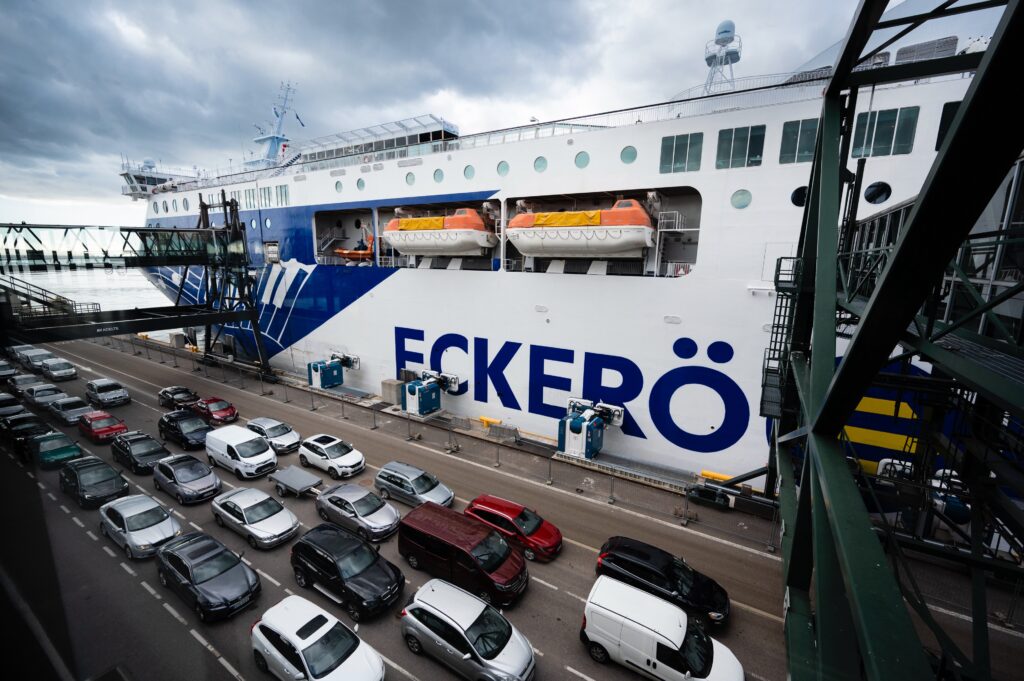
“This autumn, we’ll be organising a variety of party cruises every Friday on the theme ‘Party of the Decades’. It will be visible in our marketing and communications from the spring onwards. We’re building on our thirty-year story of joining Estonia and Finland in terms of both people and goods flows,” says Outi Nylund, Marketing and Communications Director at Eckerö Line.
“2023 was a really good year for Eckerö Line. We exceeded the two-million passenger mark for the first time, making 2023 a record year. It was a great business success story for our ships.”
Eckerö Line also has good expectations for the summer season. The early year was favourable, even though m/s Finland was in the dock from January to February.



